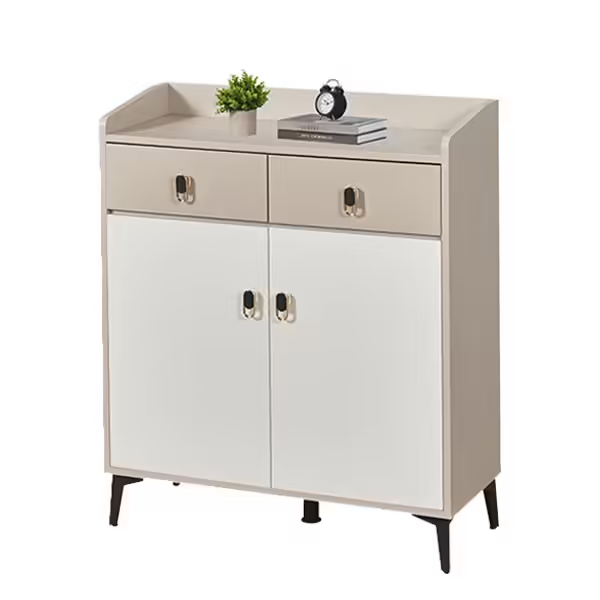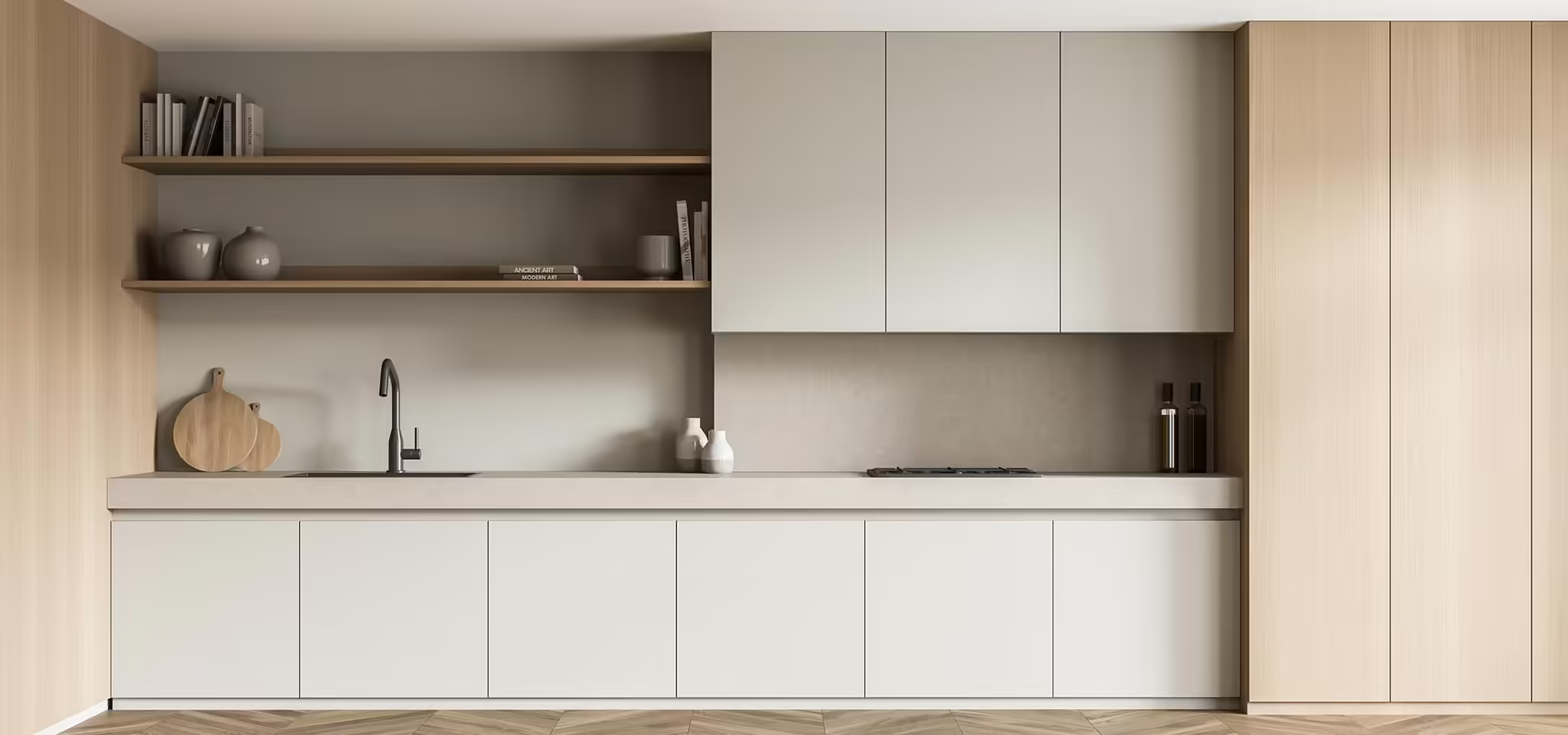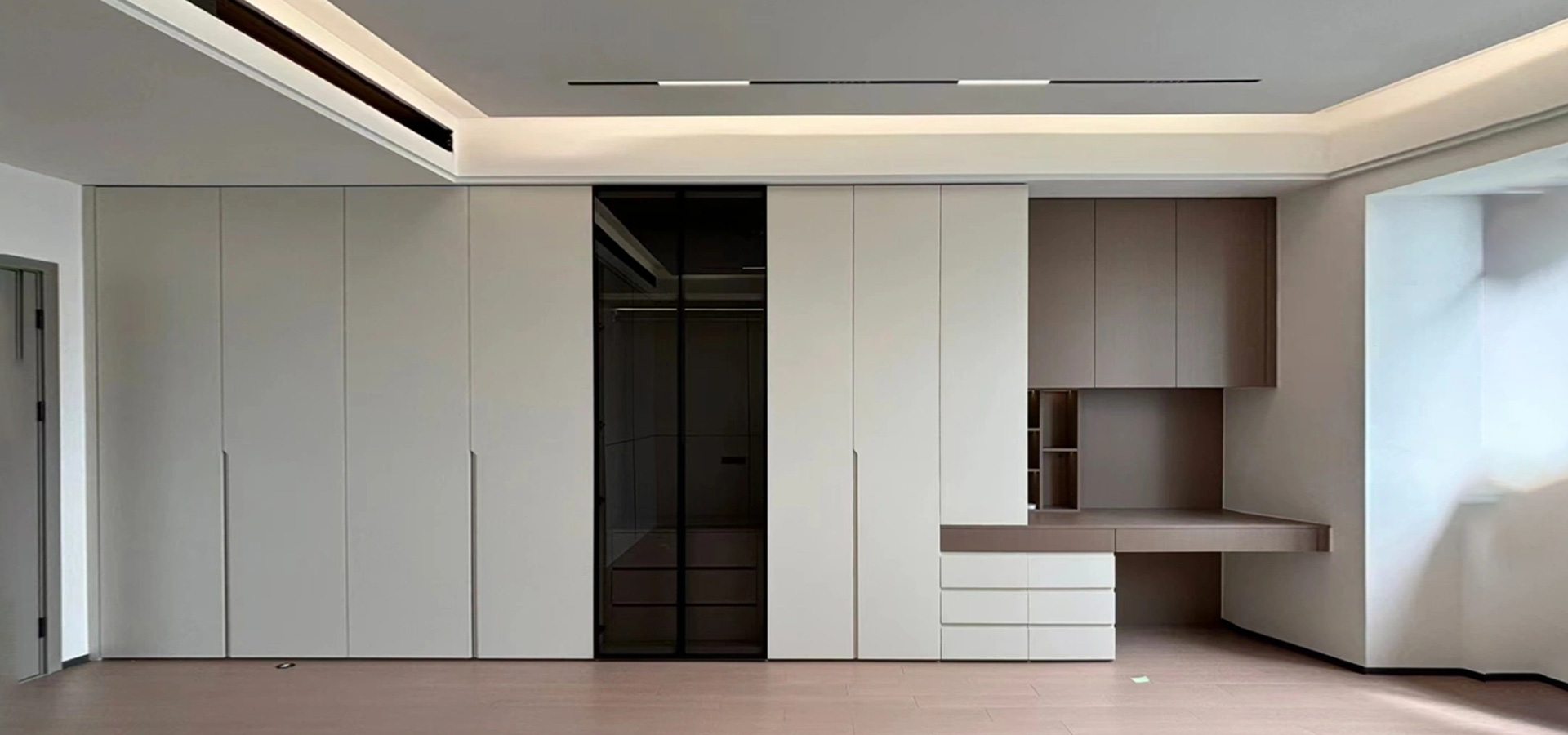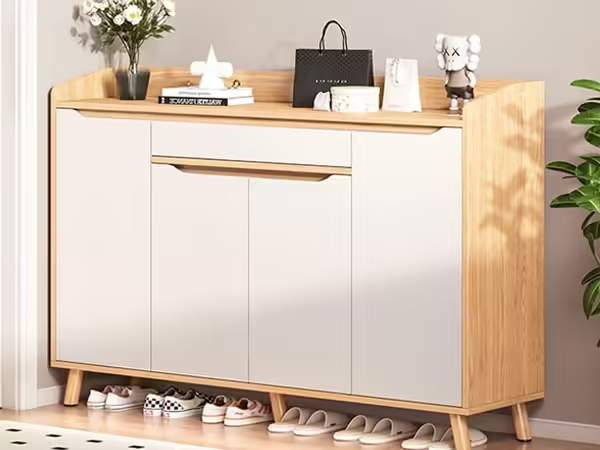As living standards improve, home space management has become a key focus in home renovations. Wardrobes and shoe cabinets, as the two core components of home storage, not only serve as storage but also reflect a family’s aesthetic style and quality of life. In recent years, with the rise of custom home furnishings, smart homes, and eco-friendly materials, consumers are no longer solely focused on functionality when choosing wardrobes and shoe cabinets; they are increasingly seeking designs that are practical, aesthetically pleasing, and healthy.
However, faced with a dazzling array of products on the market, choosing a wardrobe and shoe cabinet that truly suits them has become a challenge for many consumers during their renovations. This article will comprehensively analyze the logic behind wardrobe and shoe cabinet selection from multiple perspectives, including market development, purchasing considerations, material craftsmanship, design trends, and brand services.
I. Industry Background: Storage Demand Drives Market Explosion
The wardrobe and shoe cabinet market has experienced rapid growth in recent years. According to the “China Home Storage Industry Development Report (2024)”:
The overall market size of home storage products exceeds 400 billion RMB;
Wardrobes account for over 35% of the storage furniture market;
Although shoe cabinets are auxiliary furniture, their market has seen an annual growth rate of 15%, gradually becoming a standard household item.
The driving force behind this market growth is shifting consumer lifestyles:
Compact living spaces: Small apartments are prevalent in first-tier cities, making space utilization a top priority.
Diversifying family structures: Living with three generations or young people sharing a home requires more flexible storage space.
Improving quality of life: Consumers are placing greater emphasis on overall home design and comfort.
II. Key Factors in Wardrobe Selection
- Size and Space Planning
When choosing a wardrobe, the primary consideration is space adaptability. Common wardrobe types include:
Sliding door wardrobes: Suitable for smaller apartments, they save space for the door opening.
Hinged door wardrobes: Stable structure and good sealing, but require a reserved area for the door opening.
Built-in wardrobes: Integrate with the wall to maximize space utilization and create a strong sense of unity.
- Materials and Environmental Considerations
Solid wood panels: Offer a premium feel, though more expensive, but are environmentally friendly and durable.
Multi-layer solid wood panels: Offer a high cost-effectiveness, balancing environmental performance with stability.
Particle board: Offers a low price and mature manufacturing process, but the environmental rating should be considered.
It is recommended to choose E1 or E0 environmentally friendly panels to avoid the health risks of excessive formaldehyde.
- Internal Design
Adequate internal zoning determines the practicality of a wardrobe:
Hanging area: 1.2-1.5 meters high, suitable for both long and short clothing.
Stacking area: Storing T-shirts and sweaters.
Drawer area: Storing underwear and accessories.
Additional functional areas: Adding lighting strips, a dehumidifier, or a smart sensor system.
- Hardware
The lifespan of a wardrobe often depends on its hardware:
Rail and pulleys: Load-bearing capacity and smoothness influence the user experience.
Hinges and handles: Use branded hardware to avoid rust and looseness.
III. Key Factors in Choosing a Shoe Cabinet
- Storage Capacity
The capacity of a shoe cabinet should be determined by the number of family members and the types of shoes they wear. Generally speaking:
A family of three: A 6-8-layer shoe cabinet is sufficient.
A large family: A large-capacity or double-door shoe cabinet is recommended.
- Functional Design
Combined shoe bench: Conveniently fits and removes shoes, enhancing practicality.
Ventilation: Louvered doors or perforated designs enhance air circulation and reduce odors.
Smart Deodorization: Some high-end shoe cabinets include activated carbon filters or UV sterilization systems.
- اختيار المواد
Solid wood shoe cabinets: Stable and durable, but more expensive.
Panel-type shoe cabinets: Diverse styles and cost-effective.
Metal or plastic shoe cabinets: Suitable for outdoor or temporary storage.
IV. Design and Aesthetic Trends
As consumers focus on the overall style of their homes, wardrobe and shoe cabinet design trends are gradually showing the following characteristics:
Minimalism
Clean lines and elegant colors blend seamlessly with modern home decor.
Smart Trends
Smart sensor lights in wardrobes: illuminate upon door opening.
Smart drying and dehumidification in shoe cabinets: address the humidity issues in southern China.
Customized Services
Customized to suit your home layout and personal needs, maximizing space utilization.
Environmental Protection and Sustainability
More companies are adopting FSC-certified wood and eco-friendly water-based paint to meet the green consumption trend.
V. Common Consumer Misconceptions
Focusing solely on appearance over function: Ignoring internal structure can lead to inconvenience.
Blindly pursuing solid wood: Failing to consider budget and space requirements.
Ignoring environmental standards: Excessive formaldehyde levels can pose long-term health risks.
Ignoring after-sales service: Inadequate installation and after-sales service can negatively impact the overall experience.
VI. Industry Expert Recommendations
Industry experts generally believe that choosing wardrobes and shoe cabinets requires a three-step approach:
Step 1: Clarify your needs (space size, family members, storage habits);
Step 2: Focus on quality (eco-friendly materials, durable hardware, and detailed craftsmanship);
Step 3: Choose a brand (reputable companies typically offer better after-sales and service guarantees).
VII. The Role and Value of the Company
Excellent wardrobe and shoe cabinet companies are not only product manufacturers but also providers of storage solutions:
Leading trends through design and R&D;
Meeting social responsibility through environmentally friendly production;
Improving customer satisfaction through service upgrades.
In the future, leading companies in the industry will gradually shift from “product competition” to “brand and experience competition.”
VIII. Future Trend Outlook
Smart Home Integration: Wardrobes and shoe cabinets will integrate with apps and IoT devices to achieve intelligent storage.
Global Market Expansion: Emerging markets such as Southeast Asia, the Middle East, and Africa hold enormous potential.
Environmental Upgrades: Green supply chains will become a core competitive advantage for companies.
Brand development: Small and medium-sized enterprises make breakthroughs in the direction of customization and personalization, while large enterprises build international brands.




